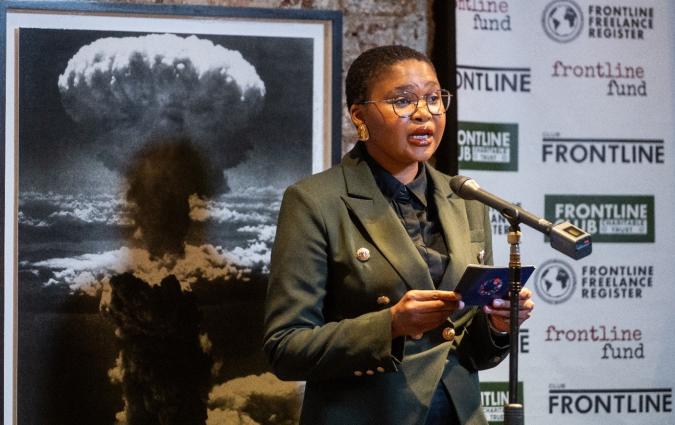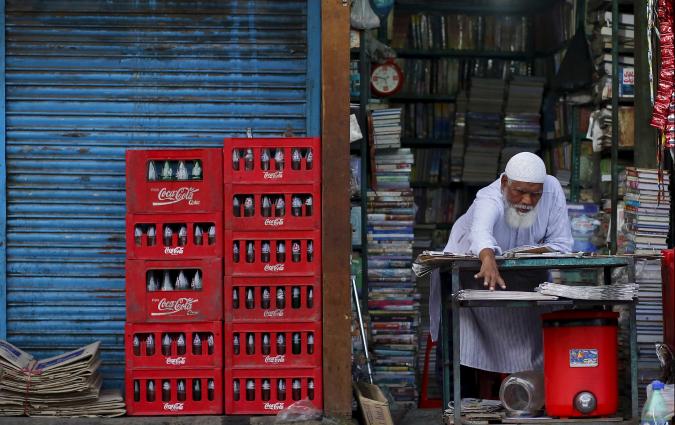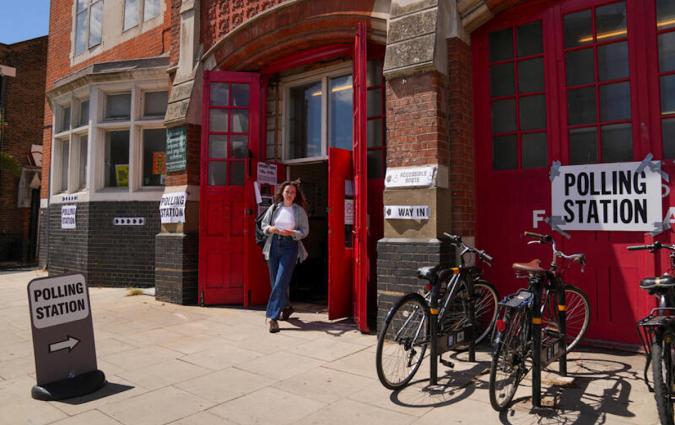Keeping it local: Can collaborations help save local public interest journalism?

Paper by RISJ Journalist Fellow
Is collaborative journalism part of the solution to saving local public interest news and content?
Local media, long under threat from cutbacks, newsroom closures, centralisation and ownership consolidation, are finding new ways to fight back and a growing number of advocates argue part of the response is not traditional competition but in the trend towards collaboration.
This research paper looks at the responsibilities of, and opportunities for, major media organisations to collaborate with regional and suburban media to break stories, cover local issues and promote democracy and asks how a collaborative model can practically work for journalists.
Despite the angst over dwindling budgets, decline in the number of journalists and the digital transition in local newsrooms – and despite the competitive nature of journalists and producers who’ve ever fought for a hard-won exclusive – local collaborations are on the rise, with former rivals, legacy media, hyperlocals and new start-ups among those joining forces to deliver stories for their communities.
Collaborations are not a new phenomenon and informal relationships between newsrooms have been part of some markets for decades, but current economic and technological shifts have made the collaboration discussion even more of an imperative.
They may have had the most attention with national and global efforts including the Panama Papers investigation from the Consortium of International Journalists and in the US, ProPublica’s Electionland, but local news organisations in several countries are experimenting with their own versions of collaboration with enthusiasm.
This paper looks at some examples of these types of collaborations in the UK and US, ranging from some of the largest ongoing collaborative relationships to small short-term projects, from re-investment in beat reporting of councils and data investigations with shared outcomes for the partners, to solutions journalism approaches addressing a community’s economic challenges and coverage of an event like the run up to a mayoral election.
So how have collaborations improved coverage at a local level, enabled local outlets to better fulfil their democratic functions and better serve their communities as a result? And are there any lessons for other markets including Australia, given its own unique challenges in local news and the discussion around the future of public interest journalism?
The following report is based on over 35 interviews with journalists, editors and strategic leads of media organisations in the UK and US canvassing their views on how their collaborations work and their thoughts on how they are making a difference in their respective communities. It has also sought out research and comment from academics whose focus is local news.
Specifically, the report includes an examination of the Local News Partnerships in the UK between the BBC, News Media Association and partner media organisations, including their aim to address the democratic deficit and improve local council coverage. The collaboration involves many hundreds of people across multiple organisations. As of May 2019, the scheme has delivered 86,000 local stories over an 18-month period, through a network of approximately 150 Local Democracy Reporters, who have been employed specifically to attend the meetings of local councils and authorities around the UK. It has also conducted investigations and provided regional industry training through a shared data unit. There is some evidence to suggest that stories are being covered that would not have otherwise been brought to light had this collaboration not been in place. The project has had successes and challenges, which will be discussed in further detail.
As local media remain under pressure in Australia with the closure of newsrooms, takeovers, instability and job losses amid calls to strengthen public interest journalism, the paper also considers whether collaboration offers an opportunity for the ABC and news organisations to strengthen local coverage and adapt some of the learnings from the UK and US models for an Australian context.
Although hundreds of local collaborations are operating around the world, this paper has restricted focus to a few examples where media organisations and journalists within those organisations work together to improve coverage of local public affairs. The broader question of sustainability of collaborations and further, more detailed research on impact is worth exploring in the future.
The term local news can be interpreted widely within different markets. For the purpose of this report, Hess and Waller’s interpretation that “local journalism can be understood broadly both as practices and a product that relates to a specific geographic area and the events and people connected to it” (Hess and Waller 2017). Suburban and regional press will be included as local media, while community and hyperlocal media will be identified as such in the discussion.






